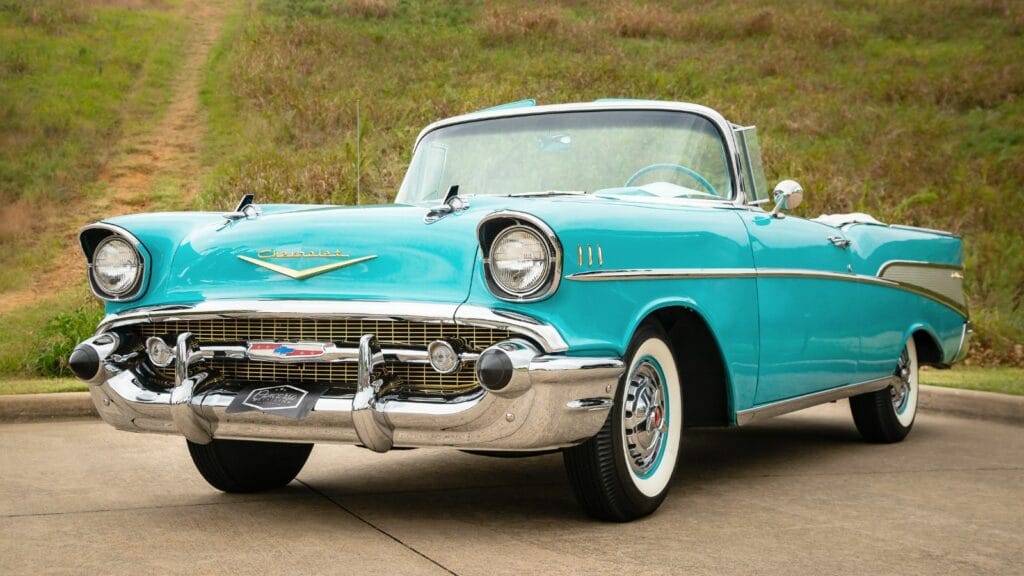For classic car owners, the fuel question isn’t as simple as pulling into the nearest gas station. Choosing the wrong fuel can lead to performance loss, long-term mechanical damage, or even ruin expensive restoration work. The right choice can preserve your car’s health, maintain originality, and let it drive exactly as its designers intended. Let’s break down the factors, backed by history and real-world examples.
Understanding What Classic Cars Were Designed For
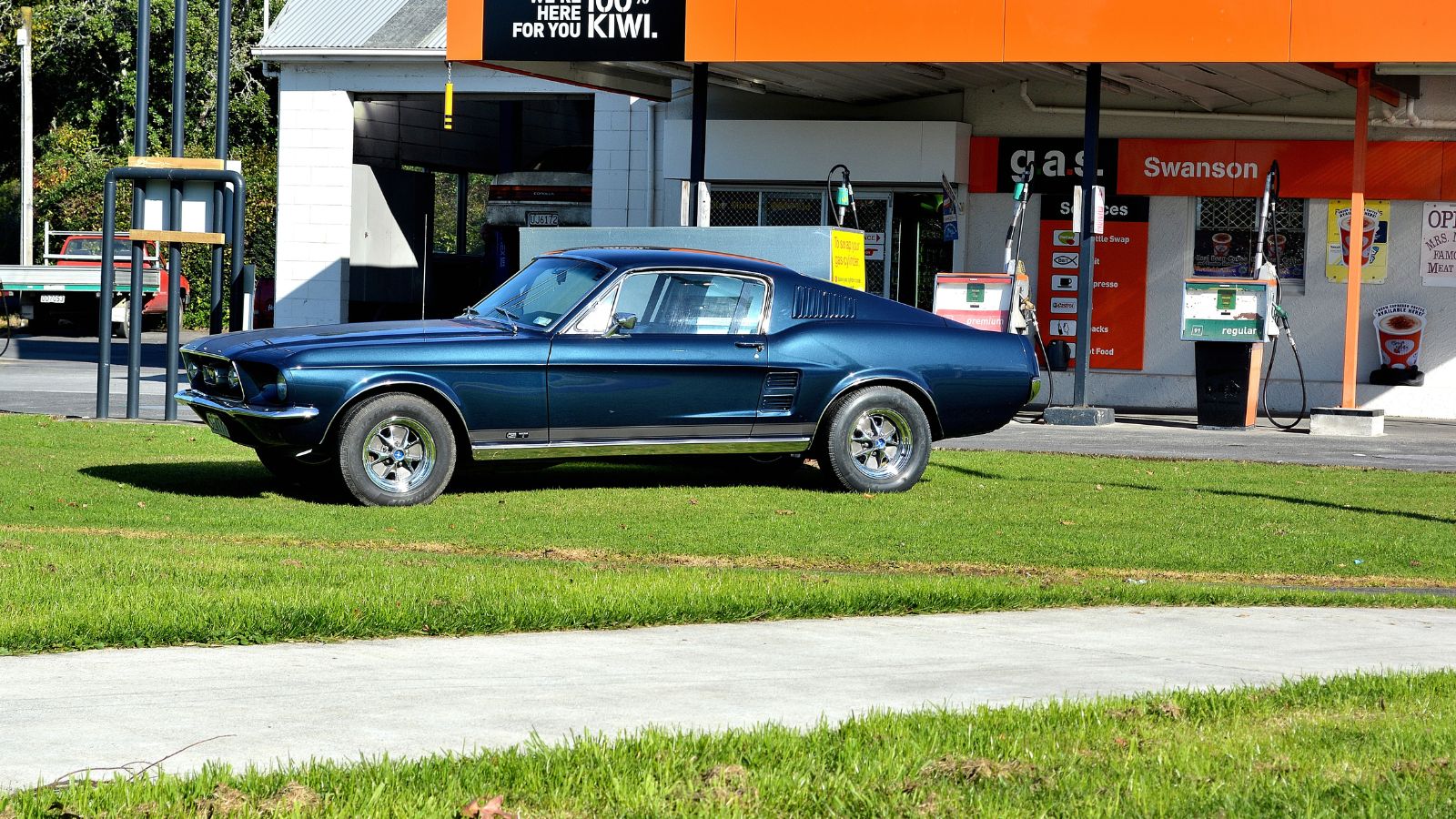
Classic cars built before the mid-1980s lived in a completely different fuel environment. Models like the 1967 Mustang GT, the 1970 Dodge Challenger R/T, and the 1973 Jaguar E-Type were tuned for leaded gasoline with high octane ratings. Engine timing, compression ratios, and carburetor jetting were all set with that fuel chemistry in mind. Swapping that for today’s ethanol-heavy unleaded blends without adjusting anything can lead to poor running and increased wear.
The Role of Lead in Old Fuels
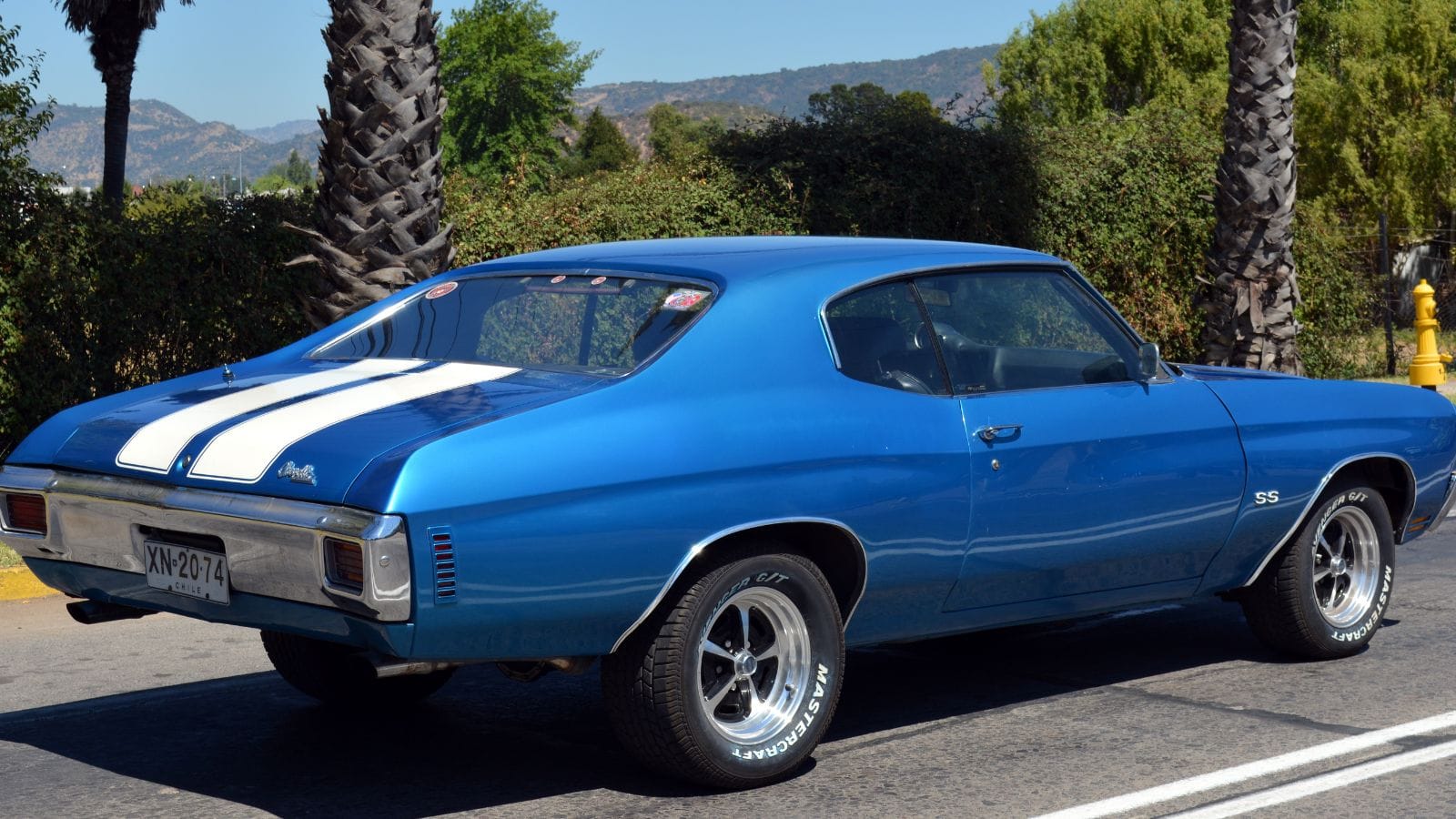
From the 1920s to the mid-1980s, tetraethyl lead was added to gasoline. Beyond raising octane, it provided a protective layer between hot valves and their seats. Without this buffer, softer cast-iron valve seats — common in pre-1980 engines — could wear quickly. Muscle cars like the 1970 Chevrolet Chevelle SS 454 and even economy cars like the 1965 Ford Falcon relied on this lead coating for long-term durability.
Why Modern Gasoline Can Be Problematic
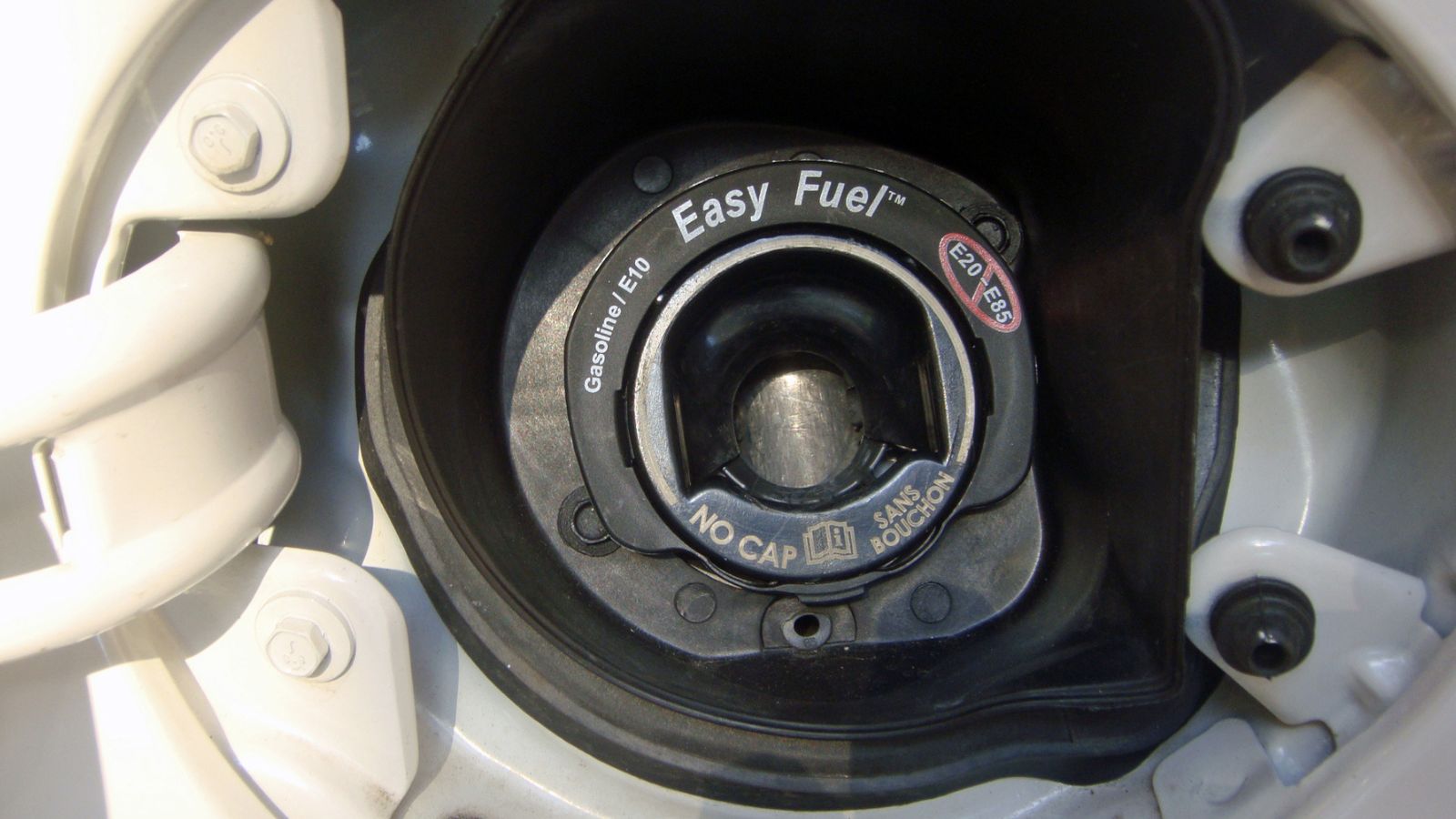
Today’s pump gas, especially E10 blends (10% ethanol), creates challenges for classics. Ethanol attracts water, which leads to internal corrosion in carburetors, tanks, and fuel lines. It also eats away at older rubber fuel hoses and gaskets. Cars like the 1975 Porsche 911 or the 1969 Pontiac GTO with original-style components can suffer from premature fuel system failures if ethanol issues aren’t addressed.
The Importance of Octane Rating
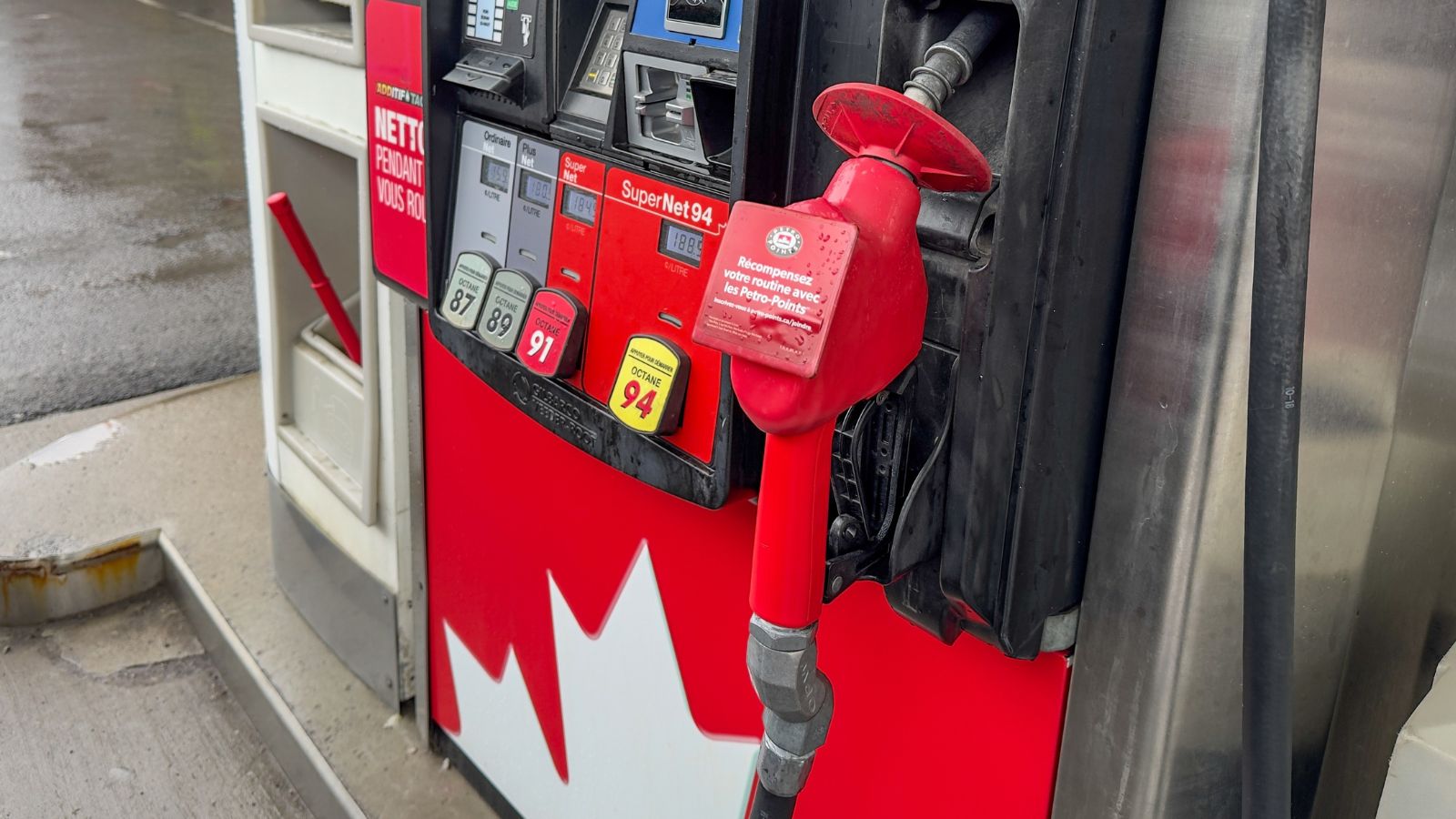
Octane measures resistance to detonation or “knock.” High-compression classics — like a 1969 Corvette Stingray with the L71 427 engine — need 91 octane or higher to run without harmful pre-ignition. Using 87 octane in such engines can lead to reduced power, pinging, and long-term piston damage. Even more sedate classics may benefit from higher octane than today’s average 87 if their ignition timing is advanced for performance.
Options for Lead Substitute Additives

Since street-legal leaded gas disappeared in the 1990s, lead substitute additives have become the go-to solution for protecting vintage engines. These products mimic lead’s lubricating properties, helping prevent valve seat wear. For example, owners of 1960s British cars like the MGB or Triumph TR6 often add a splash of lead substitute every fill-up. Some collectors use it only during long trips or high-speed highway driving.
Ethanol-Free Gas: The Gold Standard for Classics
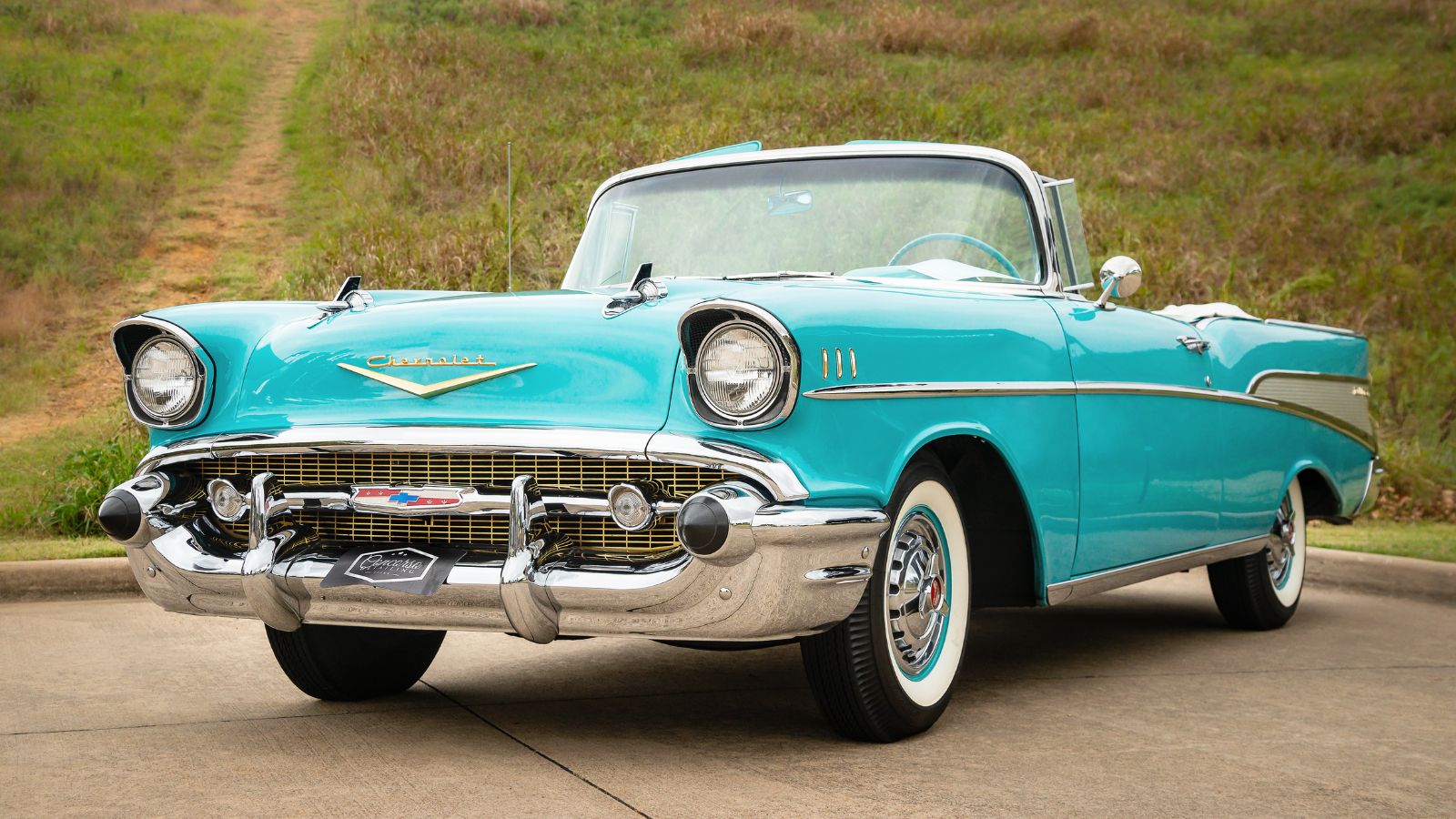
Nothing beats ethanol-free gasoline for a classic. It avoids moisture issues, reduces corrosion risks, and stores far better in cars that sit for weeks or months. Models like the 1957 Chevrolet Bel Air or the 1971 Datsun 240Z run smoother and need less carburetor cleaning when fed ethanol-free fuel. Many owners find local marinas or small-town stations that still carry it, even if it means a bit of a drive.
When Premium Fuel is Worth the Extra Cost
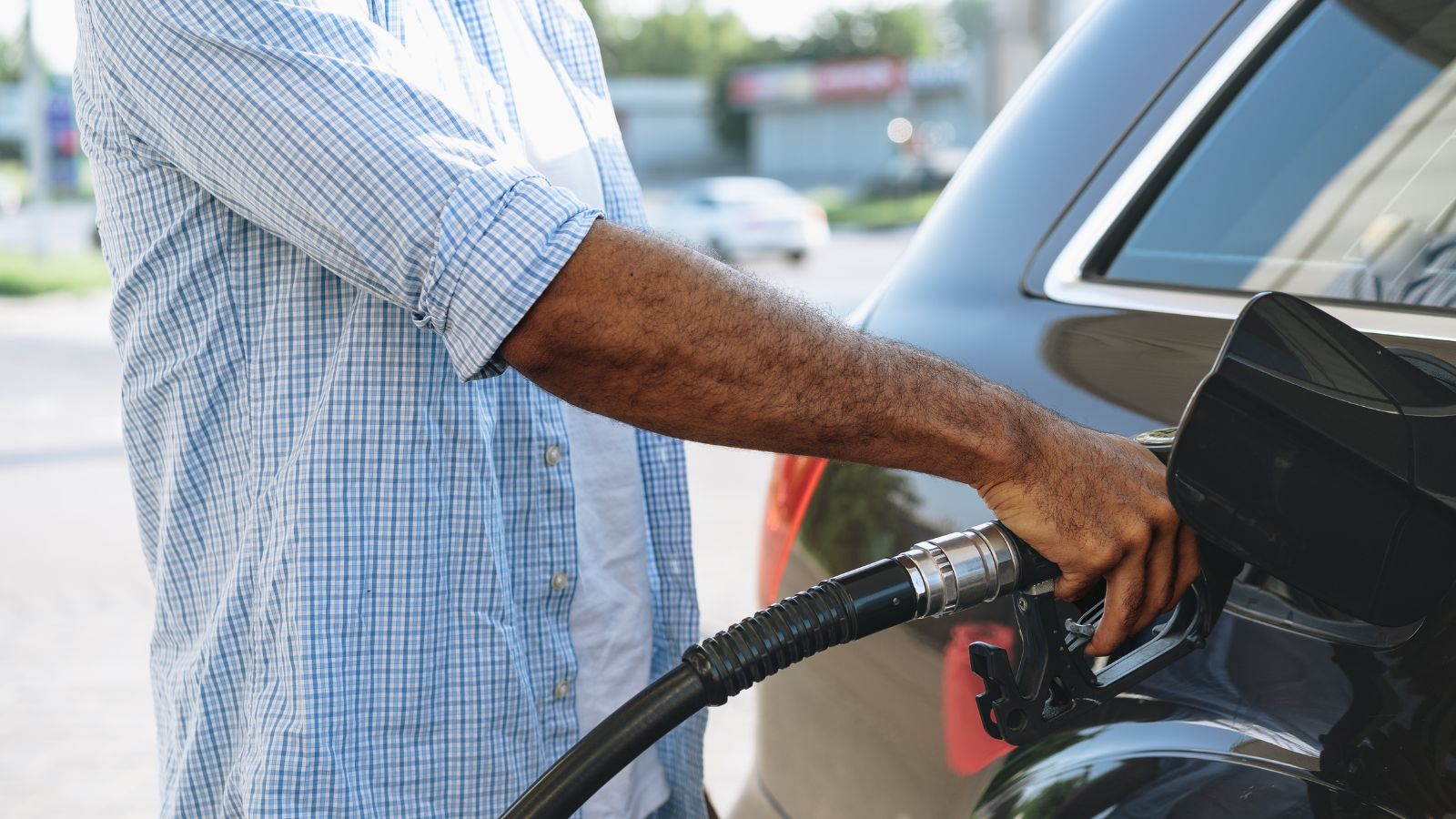
Some classics absolutely demand premium fuel. A 1970 Plymouth Hemi ’Cuda with 10.25:1 compression or a 1985 Ferrari 308 GTS (yes, now considered a classic) will run far happier on 91 or 93 octane than regular. The higher cost at the pump is small compared to the price of repairing a damaged engine that has suffered from detonation.
How Driving Habits Influence Fuel Choice
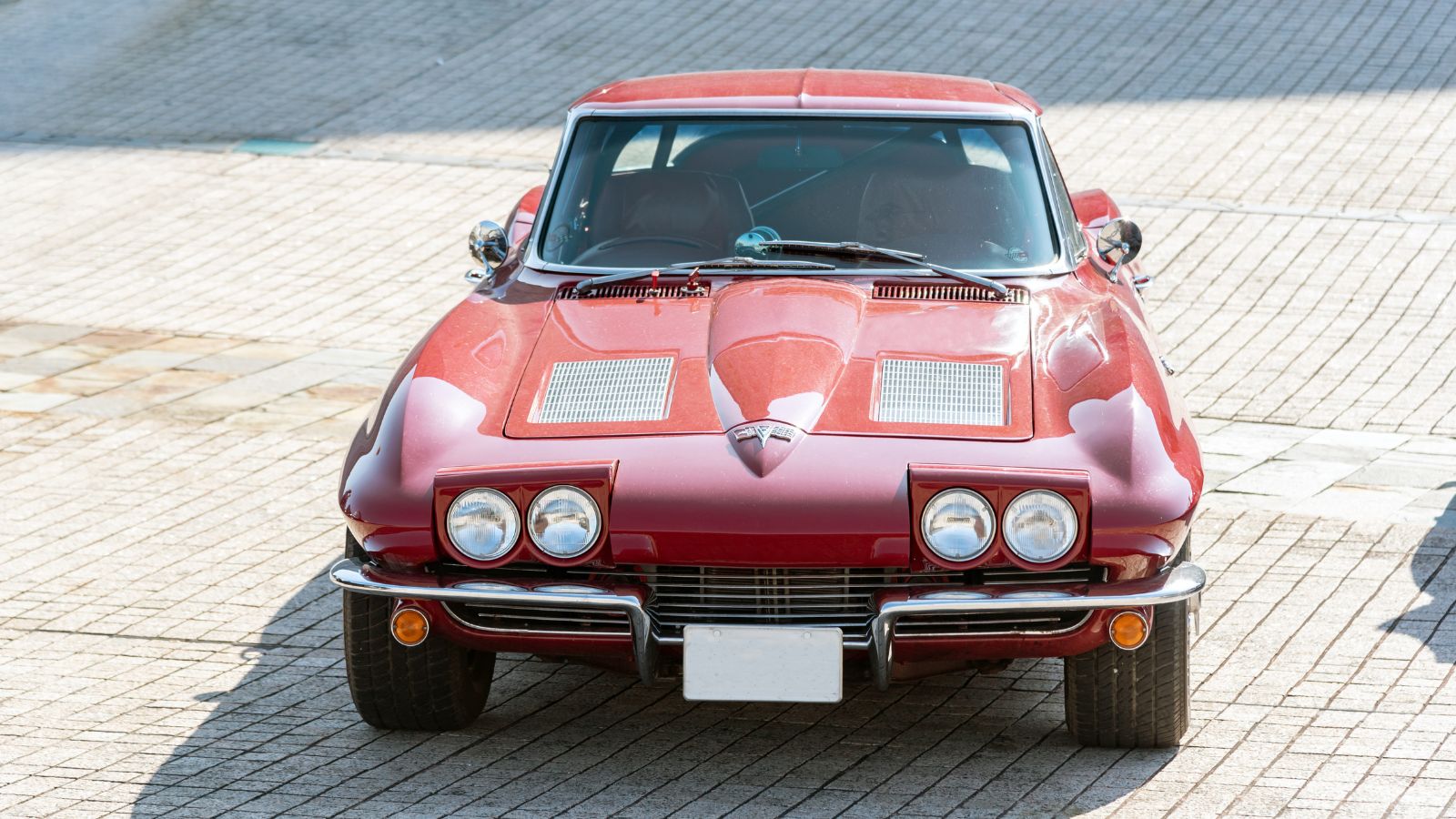
A show car like a 1963 split-window Corvette that only sees summer weekend cruises has different needs than a vintage daily driver like a well-kept 1980 Mercedes 300D. Infrequent use means you should focus on fuel stability — ethanol-free gas and stabilizers are your friend. Regular drivers can get away with high-quality pump gas, but still benefit from additives that keep fuel systems clean.
The Role of Fuel Stabilizers
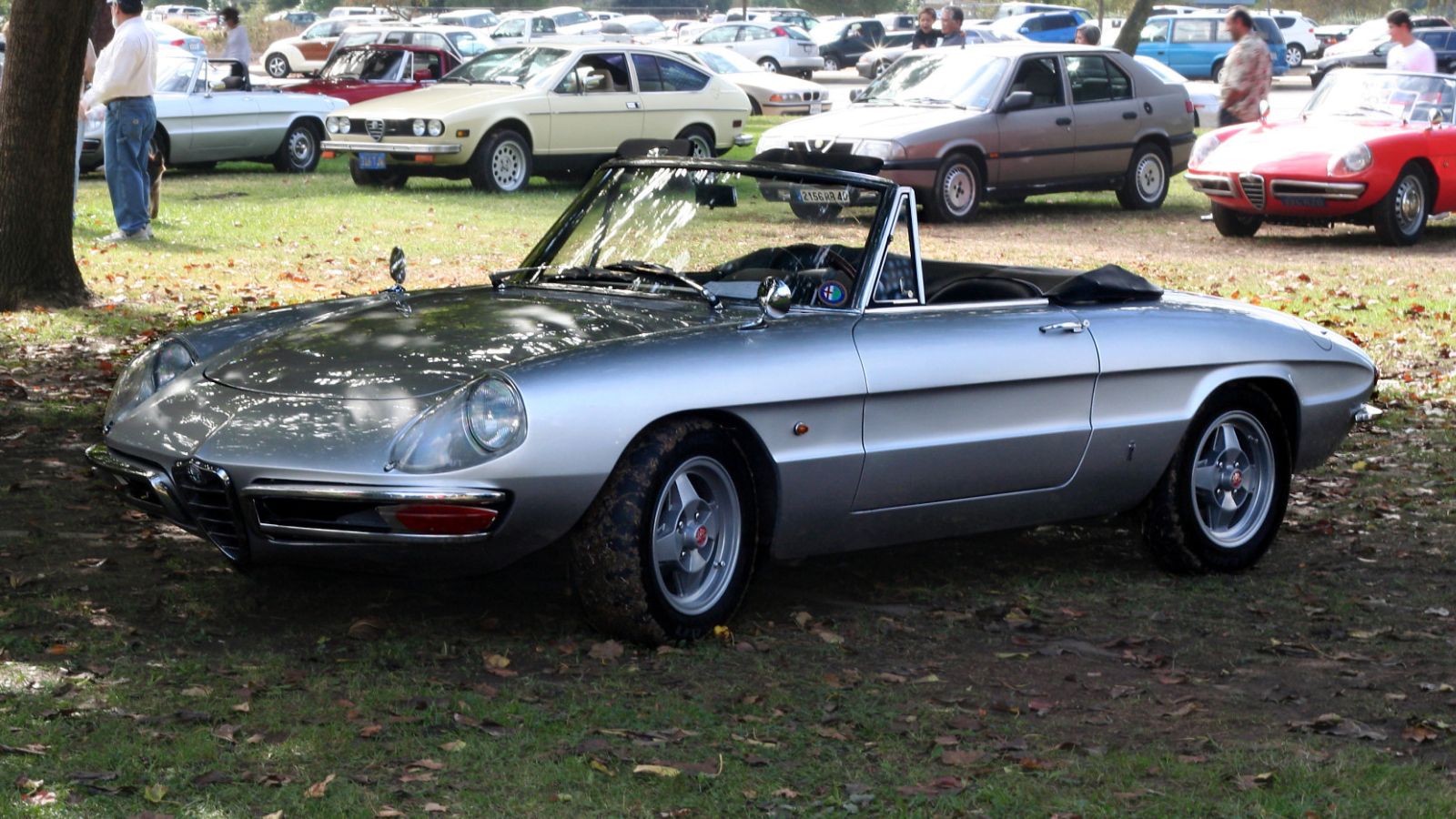
If your classic sits longer than a month between drives, a fuel stabilizer is cheap insurance. Cars like a 1965 Mustang or a 1974 Alfa Romeo Spider can develop gummed-up carburetor jets and varnished fuel if gas is left untreated. Stabilizers prevent oxidation, ensuring the fuel burns cleanly months later without the dreaded hard-start problem.
Why The Right Fuel Preserves More Than Performance

Using the right fuel is not just about avoiding rough idling or knock — it’s about preserving history. A well-maintained 1969 Camaro Z/28, fed the right fuel and stored properly, will outlast poorly maintained counterparts by decades. Fuel choice can keep expensive restorations in top shape, maintain originality, and protect irreplaceable engine components. In the world of classics, what you put in the tank today can determine whether your pride and joy is still cruising in 2050.
25 Facts About Car Loans That Most Drivers Don’t Realize

Car loans are one of the most common ways people fund car purchases. Like any other kind of loan, car loans can have certain features that can be regarded as an advantage or a disadvantage to the borrower. Understanding all essential facts about car loans and how they work to ensure that you get the best deal for your financial situation is essential. Here are 25 shocking facts about car loans that most drivers don’t realize:
25 Facts About Car Loans That Most Drivers Don’t Realize
